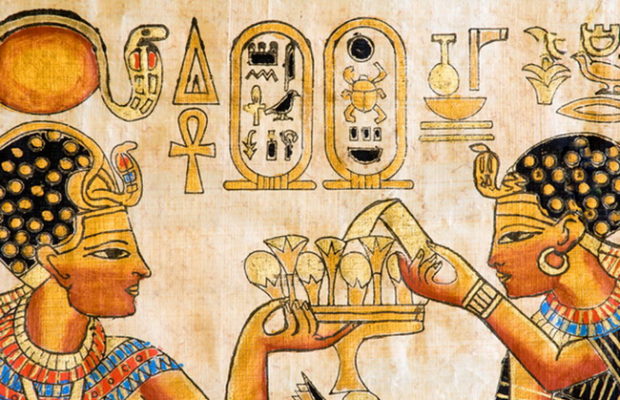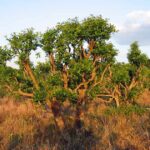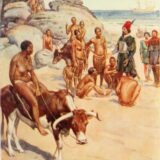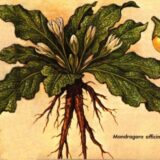Psychoactive Plants Used in Ancient Egypt

Psychoactive Plants Popular Among the Ancient Egyptians
Hieroglyphs tell stories of prominent plant use throughout Ancient Egypt. These paintings and numerous texts outline the sacred value of many botanicals throughout the culture. Religion and belief that certain plants have spiritual properties, is a big part of psychoactive and hallucinogenic plant use in Ancient Egypt. Some of the hallucinogenic and psychoactive concoctions the Egyptians partook in were very similar to those experiences provided by other plants around the world…while other plants provide unique experiences. Egypt, like most other countries of the world, is still no stranger to psychoactive drug use within its ancient cultures. Even present day Egyptians have experiences with many of these psychoactive plants.
List of Psychoactive Plants Used by the Egyptians
Of the many plants used by the Ancient Egyptians, these are the most commonly found psychoactive plants in Ancient Egyptian medicine and culture.
Ashwagandha
Also known as Withania somnifera, Ashwaganha is very common still today in India and China. In Ancient Egypt, however, it was used as it is today, as a narcotic and intoxicant. It is a member of the nightshade family.
 Blue Lotus Flower
Blue Lotus Flower
Blue Lotus is found growing along the Nile and is plentiful in Egypt. It was an exceptionally sacred plant in ancient Egypt and it was used as a hallucinogen and for other religious purposes in the culture.
Common Reed
Common Reed (Phragmites australis and similar species) have been found growing abundantly throughout the world, but also in Egypt. It is a very common hallucinogen found employed throughout ancient Egypt. This plant contains a lot of DMT.
Egyptian Acacia
This plant is the Egyptian version of “Ayahuasca,” the South American hallucinogenic drink that is concocted from a variety of plants, mostly plants that contain DMT. Egyptian Acacia, Vachellia nilotica, contains high quantities of DMT as well and is abundantly growing native throughout Egypt. Many of the accounts of Egyptian Acacia trips are very similar to the experiences recorded by the shaman of South American and Amazonian tribes.
Henbane
This plant has been used by ancient Egyptians for a number of medicinal purposes. It has also been used as a hallucinogen. Both the herbage and seeds are smoked, and can provide powerful visions often used for prophecy. The species commonly found in Egypt is known as “Egyptian Henbane” (Hyoscyamus muticus).
Opium
The poppy flower provides a latex that is extremely psychoactive. It is used as an aphrodisiac, pain reliever, to treat sleeping disorders and even to to cure diarrhea. It had been extremely popular in ancient Egyptian medicine.
 Yohimbe
Yohimbe
This tree has been used in ancient Egypt for its sex enhancing and stimulant properties. It is typically smoked to induce its psychoactive effects. It is also used as an intoxicant.
Last Notes on Psychoactive Plant Use Among the Egyptians
The Egyptian literature and texts do highlight the use of so many plants, however, these plants are most commonly employed in ancient Egypt for their psychoactive properties. Whether for religious, social, ritualistic, prophetic or recreational use, the Egyptians understood many psychoactive plants for their many capabilities. And one thing is certain: Ancient Egypt shows a strong history of narcotic use, medicinal use and religious use of many psychoactive and hallucinogenic plants.




